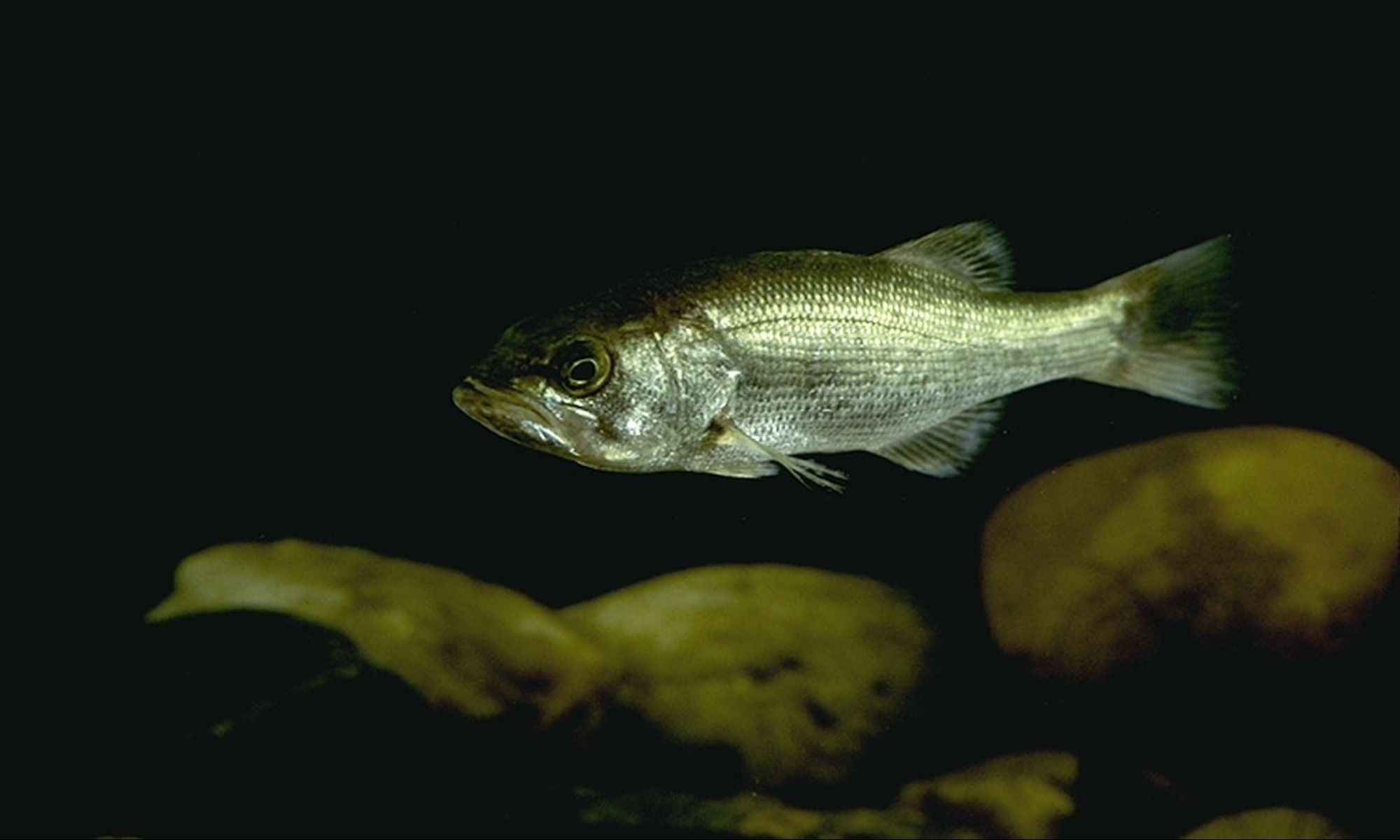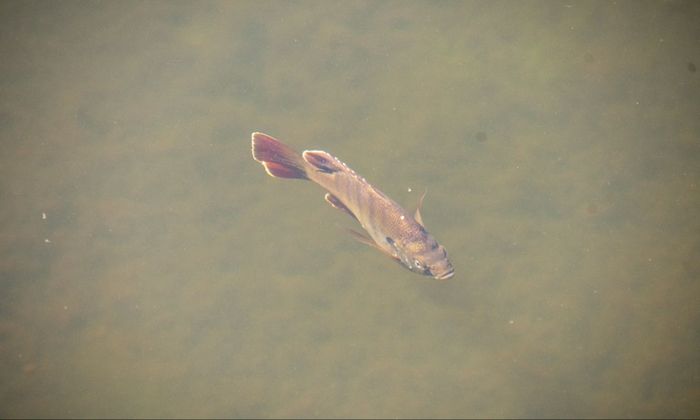Tips for Spawn Success of These 5 Gamefish
Here are things that you need to know to understand better the spawning period of these 5 gamefish.

Knowing the spawning period of your target species is crucial to your success – reproducing is a key component of any creature's survival and heavily influences its behavior. Studying spawning seasons helps anglers pinpoint the best times to reel in fish and also when they shouldn't.
With so many fish out there, we've decided to narrow down our list to provide you tips for spawn success of five popular gamefish. So if you're ready, let's take a look at how you can use this to your advantage.
Spawn Success of These 5 Gamefish
1.Largemouth Bass
Pre-spawning largemouth bass are an angler’s favorite because this is the time the fish begin to emerge from deeper parts of the water and move to shallower portions. This time is frequently referred to as “staging” and this is usually the time that fish are actively feeding. When the water begins to get warmer, anglers have a chance to hook some of the largest largemouths of the year. For most parts in the U.S., pre-spawning usually occurs during March. So, if you're out during the pre-spawn, you'll want to whip out those lipless crankbaits and spinnerbaits you have sitting in your tackle box.

Largemouth bass love areas with cover, with a renowned preference for shallow waters with sand or gravelly bottoms. Ideally, they prefer temperatures of around 64-70º F, building nests towards the bed, which you'll find near dock pilings, laydowns, or rocks. Once the male has built the nest, females will come in and lay the eggs in it. After the female leaves, the male will stay behind to defend the nest until the eggs hatch and the fry emerge. One way you'll know that bass is spawning is if you spot red-tinted or damaged fins, which are a result of building their nests.
Since largemouths spawn in shallow waters, sight fishing is a common method during spawning. Oftentimes, sinking lures such as soft plastics and jigs are used, which have been proven to be efficient against spawning bass. However, fishing during this period is not recommended, since the lures may simply annoy the fish and not necessarily catch them. Targeting bass defending their nests is frowned upon by some anglers and conservationists, as it can compromise the safety of the eggs, especially since bluegill are known to invade unattended nests.
Fishing largemouth bass immediately after spawning is can be difficult as well since they are in recovery mode. It’s best to wait a while, although targeting their pre-spawn areas are usually fruitful.
2. Smallmouth Bass
Similar to the largemouth bass, pre-spawn smallmouth bass are ideal to catch. During this time, they are actively feeding to prepare themselves for spawning, which helps them grow quite large. Once the ice begins to fade around you, you can expect a lot of hungry smallies coming up to aggressively feed.
Due to the unpredictable weather, it’s best to focus on finding the right locations that smallmouths might be. For example, those that inhabit rivers will move towards the shores where currents are calmer, waters are warmer, and where there are plenty of structures for them to hide.
Smallies in lakes, on the other hand, will base their staging on the temperature of the water. They’ll come up from the deeper portions of the lake in search of shallower waters, and they’ll tend to rest near structures as temperatures gradually increase. However, staging smallmouth bass typically dwell in 5 to 15 feet of water, slightly deeper than largemouth bass, which makes them more difficult to find.

Matching the hatch is key for smallmouth bass, so any lure or bait that resembles their food during pre-spawning should work. They are not particularly choosy about their food at this time, so a wide range of tackles will work. Reaction baits and lures like jerkbaits, crankbaits, and spinnerbaits are equally effective right before smallmouth bass begin to spawn. All you need to do is find the fish.
3. Bluegill

Bluegill spawn from late May well into August, when water temperatures approach 65 to 80º F. However, in June, when the water temperatures rise to 70 to 75º F, is the best time to pursue the unassuming bluegill.
Bluegill can be found in different types of water bodies such as creeks, rivers, ponds, and reservoirs. However, good-sized individuals are best caught in waters where largemouth bass are plentiful. The smaller bass effectively control the population of bluegill by preying on them, allowing the latter to grow larger due to less competition for food.
Bluegills spawn in waters that are 66 to 80ºF, usually in shallow areas with hard bottoms such as flats and coves. However, in lakes ripe with thick aquatic vegetation, don’t be surprised to see nests among lily pads. Male bluegills often migrate to a spawning area in large schools, building and patrolling their nests until a female drops her eggs into it. During spawning, these fish are voracious eaters and will take almost anything from live bait on a bobber to soft plastics and flies. One reason why anglers love fishing for bluegill is that it's essentially the same technique as black bass, except with lighter tackle, rigs, and lures.
4. Chinook Salmon
Perhaps the fish with the most famous spawning season is the salmon, which are legendary for their migration runs. The Chinook salmon is the largest of all the salmon species, averaging around 3 feet and 30 pounds, making them a prize to be had.
Once they leave their ocean homes and make their migration to their nesting grounds, anglers travel from all over to intercept these fish before they spawn. As most people will tell you, this is because the Chinook will all perish after spawning, which is the main reason why fishing for them is such an adventure.
Before they spawn, king salmon will be aggressively feeding in rivers so trolling slowly with a down rigger setup combine with several plugs is a great technique. If you’re in a creek or shallow stream less than 10 feet deep, large spoons are known to be a better choice because the lure's shimmer is irresistible to this salmon. Remember though that color is very important when fishing for Chinooks, with green and orange lures proven to be quite effective.
Once you've chosen your rig and lures, you'll want to use herring, anchovy, and sardines to get the Chinook biting. Use at least 30lb test of line and remember to set your hook hard as salmon have tough mouths. Once hooked, let the salmon tire itself out, giving it some slack so that it doesn't snap your line.
5. Brown Trout
Brown trout are another aggressive pre-spawn feeder, ready to eat any streamer or fly in the water. These are excellent choices for presenting in front of spawning or pre-spawn brown trout. The fish are unusually edgy during this time, so they will literally strike at anything out of instinct.
Brightly colored streamers work well against brown trout during this time, as they've been known to have a preference towards pink or orange. Bright colors also help anglers keep track of the streamer's position in the water. If the trout don't strike at your streamers, you can likewise try using standard flies or egg patterns.
Now, anglers generally don't go after the spawning trout per se – they target the trout that are feeding on the stray eggs floating downstream of the nests. Some brown trout strategically congregate together in a pool below the spawning area, taking advantage of the nutritious eggs that float through.
Fly fishing while brown trout are spawning is no secret – it's one of the best times to catch a trophy trout. However, if you're wading, be careful not to aimlessly wander into the spawning area. Stepping on a nest is the last thing you want to do, and it will also affect the populations of the trout immensely.
On the Bed
And there you have it! Our tips for spawn success for our top five gamefish. We hope some of these techniques can help you out during the next season to get you a boatload full of fish.




